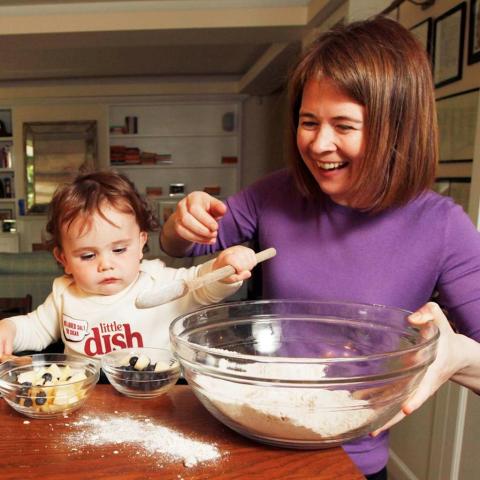SHEPHERDSTOWN — Food insecurity is a pressing issue today. With nearly 20% cuts to SNAP (Supplemental Nutrition Assistance Program) benefits and rising grocery prices, many families are struggling. Surprisingly, a solution once taken by our ancestors was to organize food riots, a practice explored by Appalachian Conservation Corps Cultural Steward Jordan Lewis at Morgan’s Grove Park last Saturday.
Lewis’s research highlights that food riots were often a way for people to express their anger and demand justice during the tumultuous Revolutionary War. She observed that these uprisings were frequently led by women, who felt the burden of household responsibilities. This often left men unaware of the price gouging happening at local markets.
An example Lewis shared was Abigail Adams, who wrote about a food riot that her husband dismissed as an annoyance. This reflects a common mindset of the time—merchants hoarding food and inflating prices. “One common complaint was about merchants holding back goods, waiting for prices to rise,” Lewis explained. She noted that this was a significant grievance during the American colonial period.
Between 1775 and 1779, there are records of 37 food riots. Some were harmless protests, while others escalated, like merchants being tarred and feathered. “Initially, I thought these riots were just an urban issue, but they occurred in rural towns too,” Lewis said. The combination of genuine scarcity and inflation fueled public outrage.
Learning about these events has shifted Lewis’s understanding of American democracy. “Many people envisioned a much more participatory democracy back then,” she remarked. This contrasts with today’s political landscape, where feelings of disconnection are common.
While Lewis doesn’t encourage modern food riots, she acknowledges that the current climate could spark similar unrest. “We’re in a particularly tough time,” she said. “Getting involved in communities might be a more effective way for people to enact change.”
Historically, food riots were not just about food; they were about survival, dignity, and demanding a fair system. The past serves as a reminder that when basic needs are threatened, people often rise up together, demanding justice and change. Current statistics show that food prices are not expected to drop significantly in the near future, which could mean that today’s uncertainties mirror those of the past. Discussions about food equity and community support continue to resonate on social media platforms, highlighting collective movements for change.
As we navigate these challenges, reflecting on history can provide valuable insights into the power of communal action and the importance of advocating for a fairer food system. For more on the impact of food security, you can explore reports from the USDA on [food insecurity trends](https://www.usda.gov/topics/food-and-nutrition/food-security-in-the-us).
Source link
Local News,Food riots proved effective means of social control during challenging timesNews,Food riots proved effective means of social control during challenging times






















